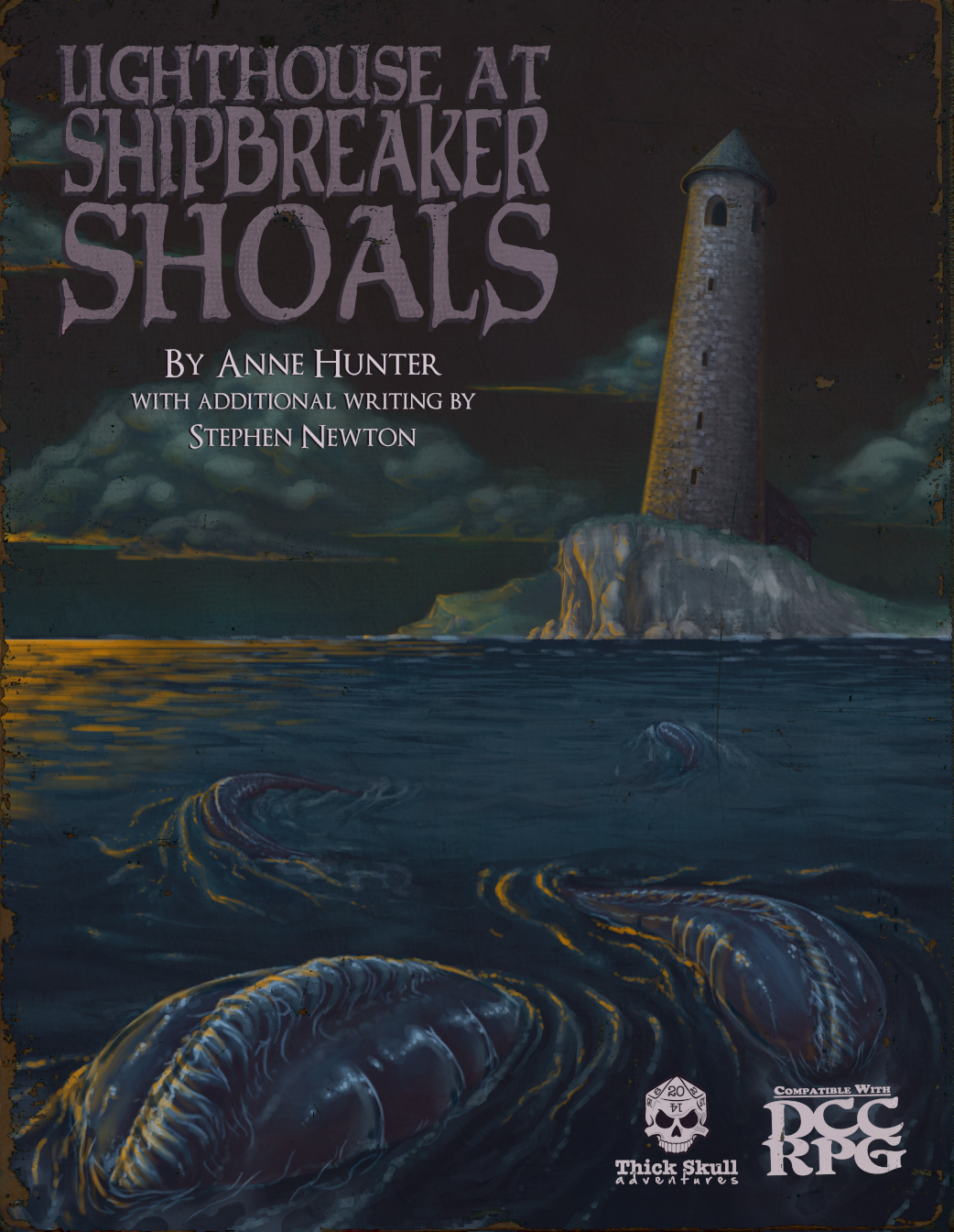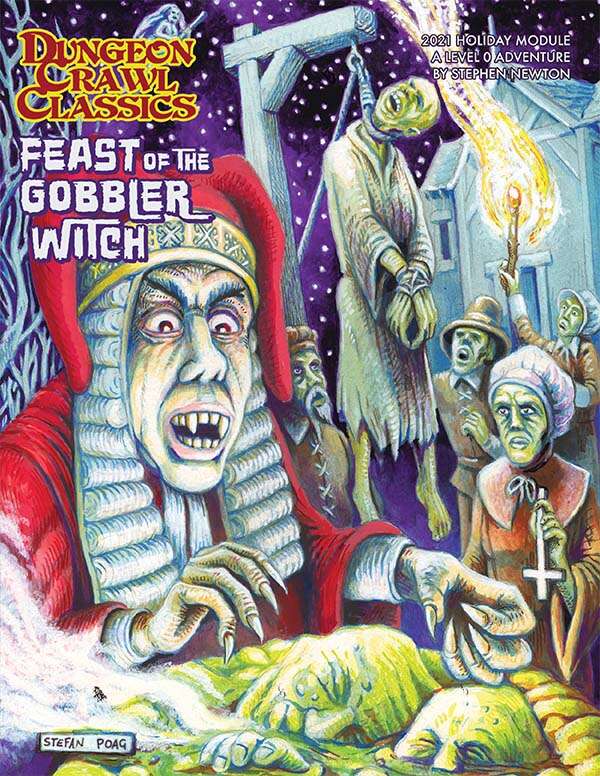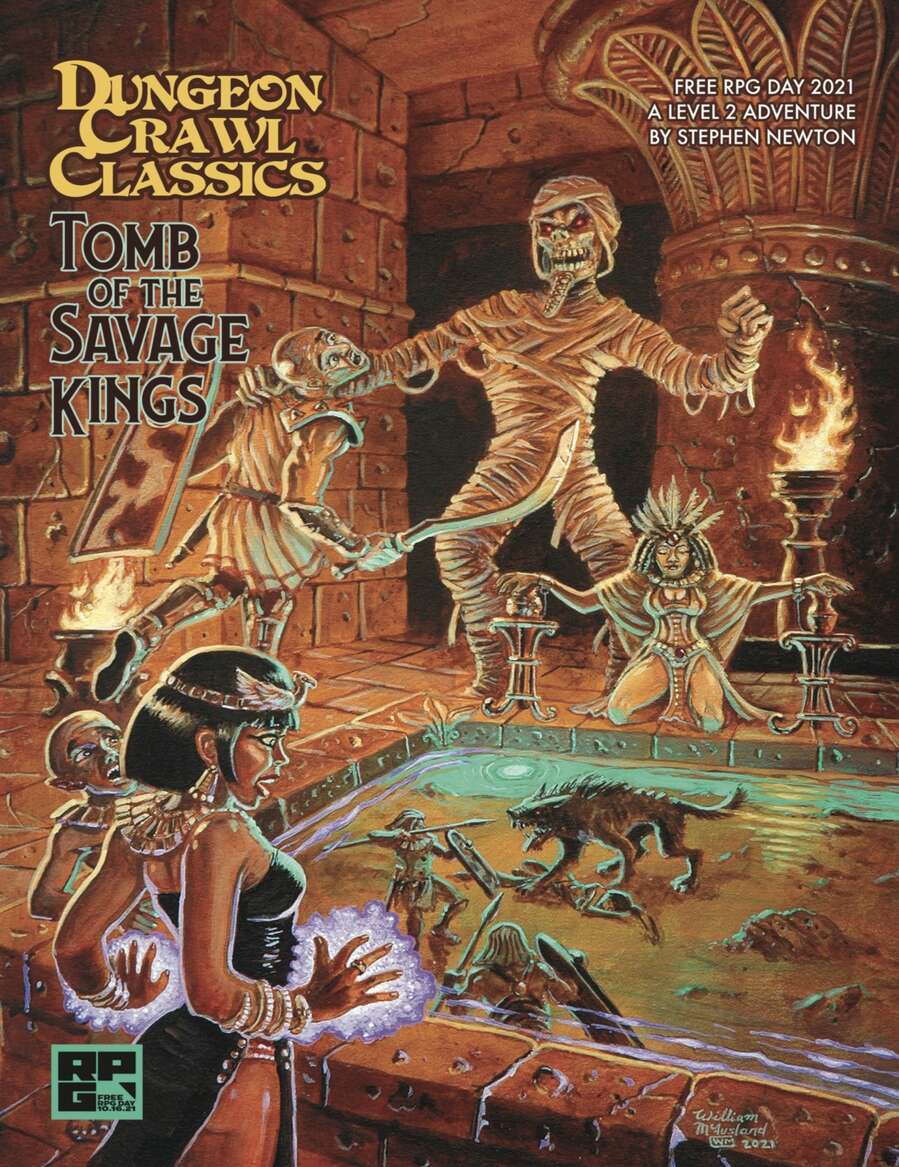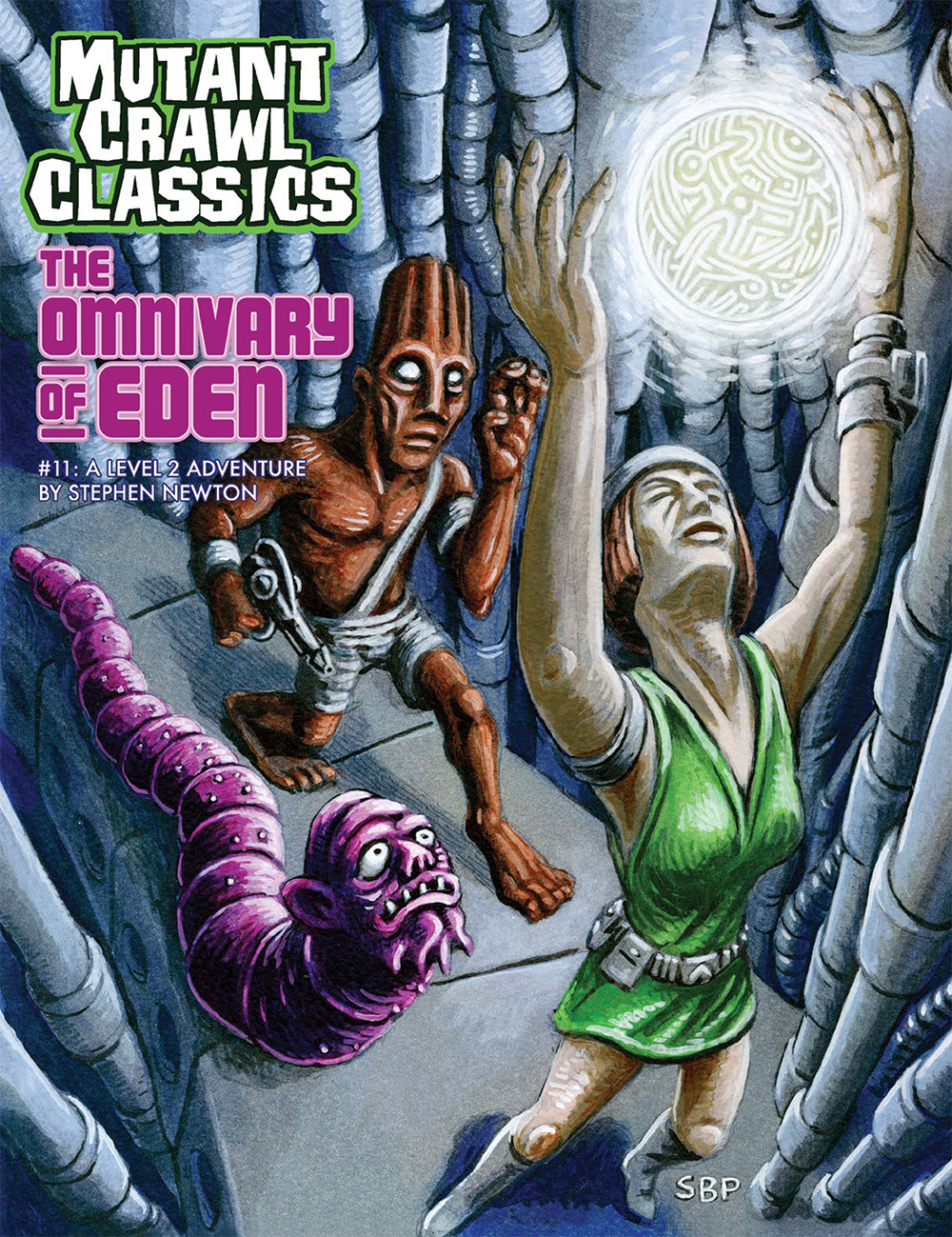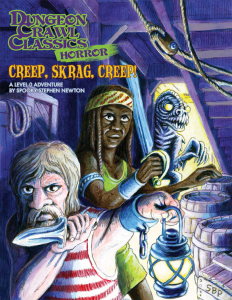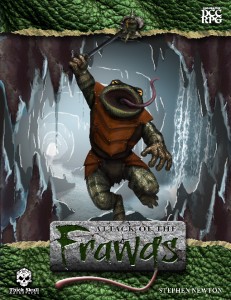I haven’t posted any news in a while so this one is a bit of a biggy.
I’m not sure if I’ve posted this before, but I effectively leapfrogged 3rd Edition D&D completely. In fact, most of the adventures I played for that rule set was using online games, specifically Atari’s Temple of Elemental Evil and Bioware’s Icewind Dale II. I bring this up to make this point: the bulk of my D&D experience was based on 1ED rules. In fact, the The Haunting of Larvik Island has its origins in a small 4-page homegrown module (entitled simply, “Larvik Island”) that Matt Murdock and I wrote for 1ED back in 2004.
I made the decision to publish a D&D adventure right when 4ED rules were released – essentially I started writing in July 2008, and the 4ED rules were released just a few months before that. I spent the first 6 months refining the “Larvik” story as well as learning the 4ED rules and best practices by reading and playing modules from Wizards of the Coast, Goodman Games, and Expeditious Retreat Press. Like many I went through a bit of a culture shock reading those modules. Many of them looked and felt very different from the modules I played and loved in my youth. But there were some that to me captured the spirit of the type of module I wanted to write. One such example was, ironically, Goodman Game’s The Isle of the Sea Drake. [Side Note: I was over halfway through writing “Haunting of Larvik Island when I purchased Sea Drake and I thought to myself, “Uh, oh, people will make comparisons” but after reading it I realized aside from them both taking place on an island that happens to have dangerous denizens I believe the similarities mostly end there.]
Still, as I wrote “The Haunting of Larvik Island” I was very nervous that the market wouldn’t feel it didn’t feel “4ED-ish” enough. The first half of the module is a big island with lots of monsters, but encounters that can be played, by design, in any order.
Well, the reviews are coming in now and I’m reading some things that give me lots of encouragement. Two reviewers in particular really got what I was going for:
“…And while the story line of the main quest in The Haunting of Larvik Island is somewhat linear, with encounters that must occur in a certain order to gain clues to the next encounter or to solve the quest, there is, thankfully, more to the adventure. The island does contain a few encounters which are not required to solve the location of the hidden treasure or the side-quests, which the player-characters can choose to divert to at a whim. This gives the adventure an overall “sand-box” feel, and certainly make exploring the island more interesting….
-Neuroglyph Games Review-
As well as…
The entire adventure is a pleasant meld of an ‘old-style’ approach to adventure design coupled with the precise detail for each encounter that the D&D 4e mechanics provide.
-Megan Robertson Review-
In addition, I have started seeing the following types of comments from D&D designers themselves, specifically the WotC’s upcoming Madness at Gardmore Abbey which blogofholding.com described as, “Coming soon: Gardmore Abbey. Many encounters have non-combat options. Getting away from linear adventures. More sandboxy. Contains Deck of Many Things. four 32 page books, 2 maps, dungeon tiles deck, monster tokens.”
This gives me encouragement. I obviously have not seen Gardmore Abbey yet, but I do like the idea that folks are interested in non-linear story paths and non-combat encounters. I look forward to seeing the format WotC uses to write up such encounters as I do think they have great production values and editing in their products.
Larvik 2
As for me, “Larvik 2” will actually go even further in the “open-ended” way that the adventure can be played. I used to describe Haunting of Larvik Island to folks as I wanted it to feel like the original TSR’s I1: Dwellers of the Forbidden City. With “Larvik 2” I believe it’s going to feel structurally a bit more like H1: Village of Hommlet. or Judges Guild’s Dark Tower. It is shaping up to have two main sections Part 1 being a city-based adventure that is filled with several combat, non-combat and skill encounters and Part 2 being a traditional dungeon-crawl with he bad boss monster at the end. My co-writer and brother, Dan Newton, have also come up with a very detailed backstory which includes several fighting political factions. I’m very interested and excited to see how the player’s react during playtesting.
Beware: will monster histories, character motivation and area mythology become Too Much Plot?
I know there is a fine balance between creating rich character motives and “forcing plot” upon players. I asked on Twitter “Can an adventure ever have too much plot?” and received several colorful responses. One from @GeekyLyndsay who said, “Oh my goodness yes. When the players are punished for going off the Sacred Plot, your #dnd game has too much plot.” And @warfteiner who said, “sweet bleeding Christ on a stick, yes! The PCs should be the plot, not pursuant to it”. And, finally, @TheAngryDM colorfully added, “If the players could just learn to just followed the damned plot, maybe they wouldn’t need to be punished.” Well, spoken, sir!
I would paraphrase that these three are all providing testimony that when player’s feel like they’re being shoe-horned through a pre-arranged plot they will not enjoy the experience. The module’s “secret sauce” needs be balanced writing so the DM reading the adventure knows why everyone is doing what they’re doing, keep the writing interesting so that the DM doesn’t feel like she’s wasting her money as she reads it, and write encounters in such a way such that can be shuffled around so that the DM can use straight from the book, or improvise on game day. To me it essentially comes down to a marketing and writing/editing challenge: I know that DM’s want open-ended options, I personally believe a well-thought out and designed backstory and mythology helps to create such an adventure, and hopefully the DM who eventually interprets my writing for her players will do so in such at a way that it doesn’t feel like Too Much Plot. I’m also hoping playtesting and early previews will help us find that delicate balance.
Let’s talk!
If any readers/bloggers/tweeters have any thoughts on open-ended adventures vs. linear storytelling, favorite D&D modules that had good balance between backstory and adventure, the please feel free to comment here, on our Facebook page, or dropping me an email at snake@thickskulladventures.com

